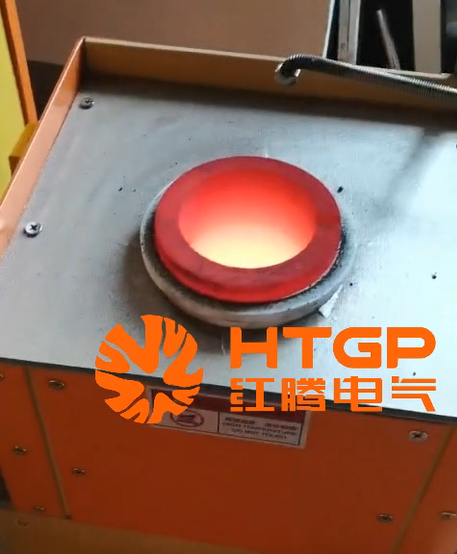Quenching and Cooling Methods
Trempe et refroidissement
Clearly, quenching and cooling are an essential part of the induction hardening process. Natural cooling is rarely used due to its slowness; most quenching uses forced cooling with water, oil, brine, or moving air. Crystal is most commonly used due to its excellent thermal conductivity. Single-shot quenching involves heating the entire surface to be quenched simultaneously, then immersing the workpiece in a quenchant or spraying the quenchant over the entire heated surface.
Travel quenching utilizes a small induction coil for localized heating. The coil moves relative to the heated surface, quenching immediately after heating. This method allows a small coil and relatively low power to heat a large surface within a single heating cycle.
This article describes the basic types of quench coolers used in induction heating.

Trempe par induction
This article describes travel quenchers and water spray coolers.
This article shows a flat-surface water spray cooler,
This article shows a circular-surface water spray cooler. The induction coil, water cooler, and workpiece are arranged in a moving, scanning pattern to create an optimal heating/cooling cycle. The water jet angle of incidence is critical, requiring a 50° angle to ensure uniform cooling and a uniform hardened layer depth without hot spots. The spacing between the heating inductor and the water jet should be carefully considered to ensure the aforementioned stagnation between the water jet and the heat source.
Trempe finale
This is used in almost all shaft hardening applications. To achieve optimal uniformity, the shaft not only moves axially but also rotates. The article shows end-face hardening, where the quenchant is sprayed through the inductor. The article also shows a special quenching tank where the workpiece is heated and then dropped into the tank for a single quench and cooling. The article also shows a stationary water jet. The workpiece is placed in the induction coil, heated, and then quenched by water jets between the coils. This method is commonly used in gear hardening.
To ensure uniform quenching, the workpiece must be rotated during heating and cooling. (The spray angle must be 30° to 50° relative to the workpiece.) The article describes a device combining an induction coil and a water sprayer. This system is particularly useful when very short downtime is required. For example, it allows heating to stop and quenching to occur almost instantaneously. Low-alloy steel, low-carbon steel, and simple cast iron workpieces are quenched with water. Alloy steel, high-carbon steel, high-hardenability steel, and workpieces with uneven cross-sections are quenched with oil (fire safety measures must be taken when using oil quenching). Low-hardenability steel is sometimes quenched with salt water, while stainless steel can be quenched with air. Alloy steels with small cross-sections can be quenched with compressed air.

